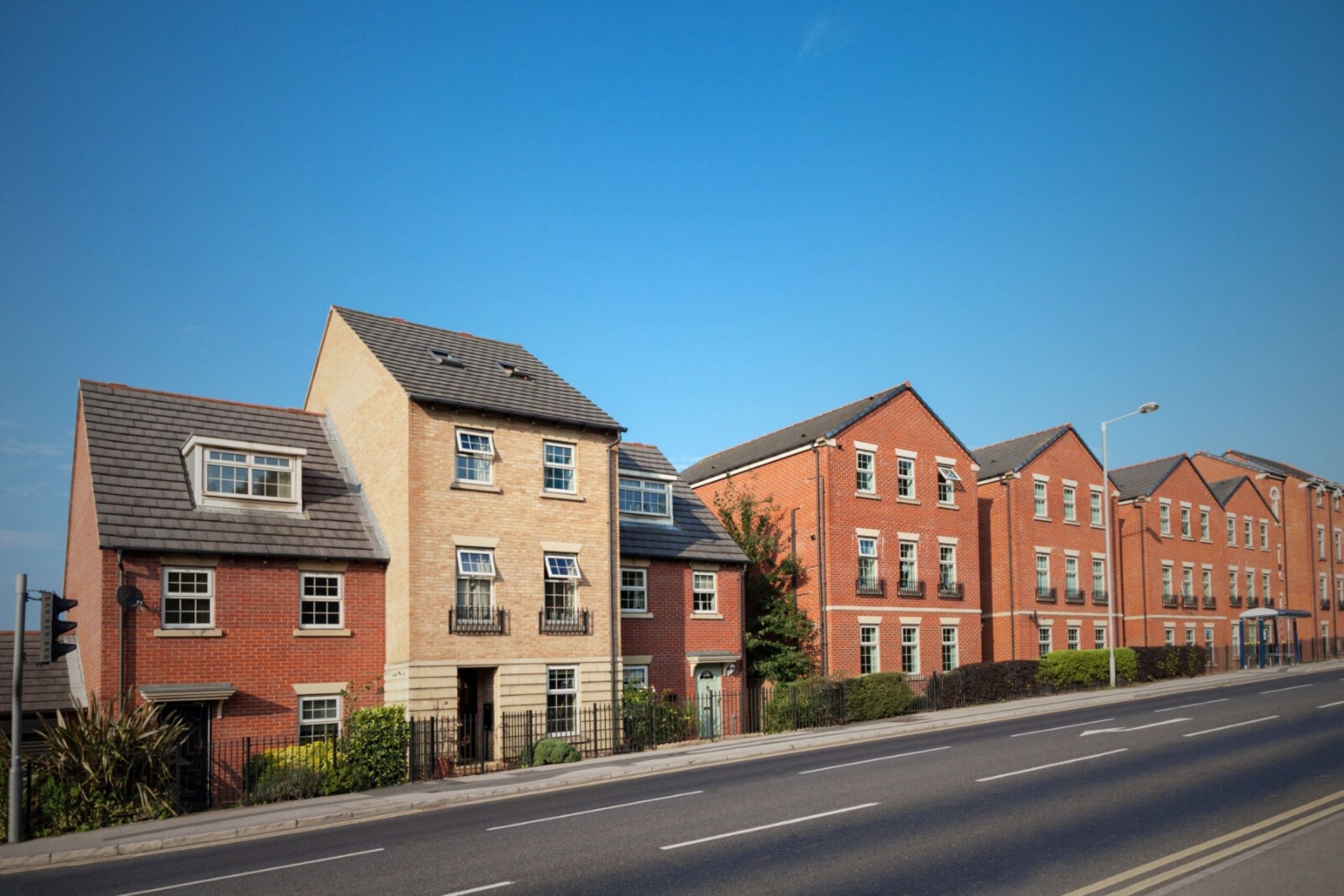The social housing system in the United Kingdom is a critical component of the country’s welfare and housing policy, designed to provide affordable and secure housing for individuals and families who are unable to access suitable accommodation through the private rental market. Social housing is typically managed by local authorities or non-profit housing associations and is allocated based on need rather than market demand.
The origins of social housing in the UK can be traced back to the late 19th and early 20th centuries, particularly following the Industrial Revolution and both World Wars, when large-scale housing initiatives were introduced to tackle slum conditions and housing shortages. The post-war period saw significant government investment in council housing, which provided affordable homes for working-class families across the country.
Social housing in the UK is primarily provided by two entities:
-
Local Authorities (Council Housing) – Local councils own and manage properties that are rented out at subsidized rates.
-
Housing Associations – Independent, non-profit organizations that provide low-cost housing and reinvest any surplus into maintaining and improving housing stock.
To apply for social housing, individuals must register with their local council. Applicants are assessed based on a points or banding system, which takes into account factors such as:
-
Homelessness or risk of homelessness
-
Overcrowded or unsuitable living conditions
-
Medical or welfare needs
-
Local connection to the area
Housing is then allocated based on priority and availability. In high-demand areas, waiting lists can be long, and applicants may need to bid for available properties through choice-based letting schemes.




